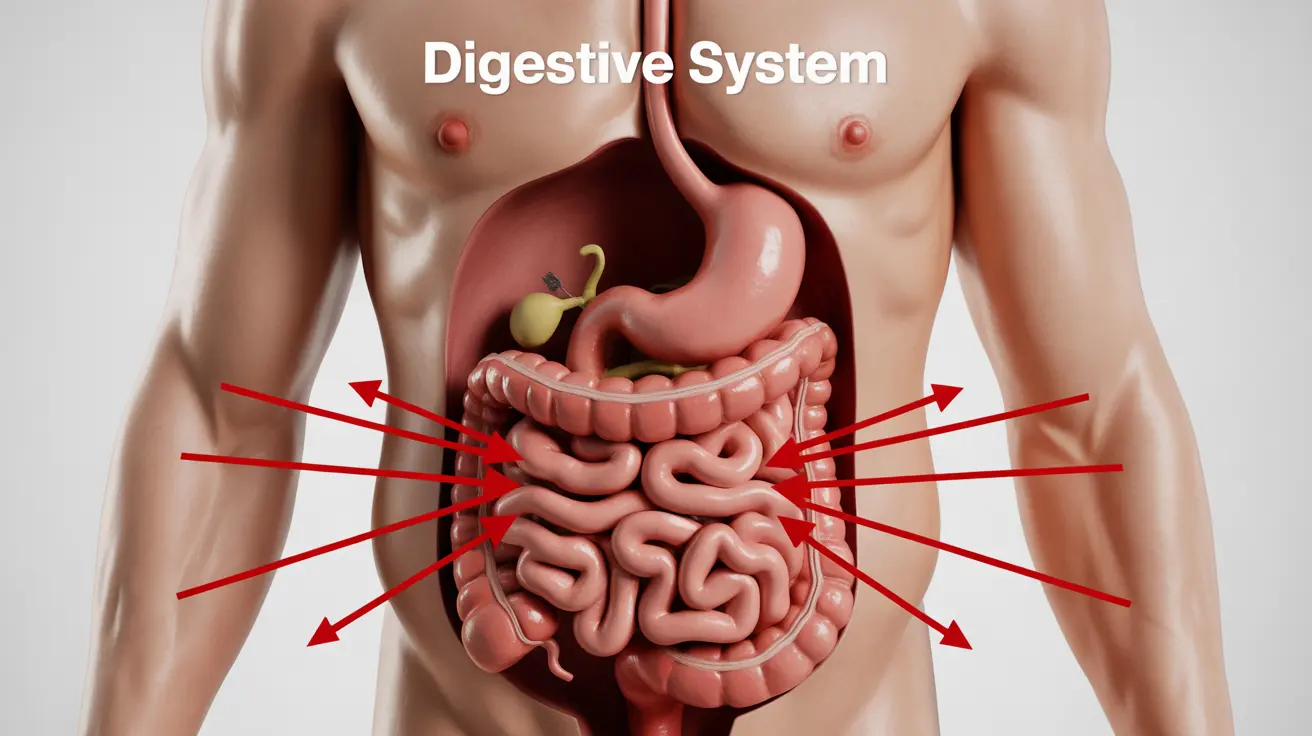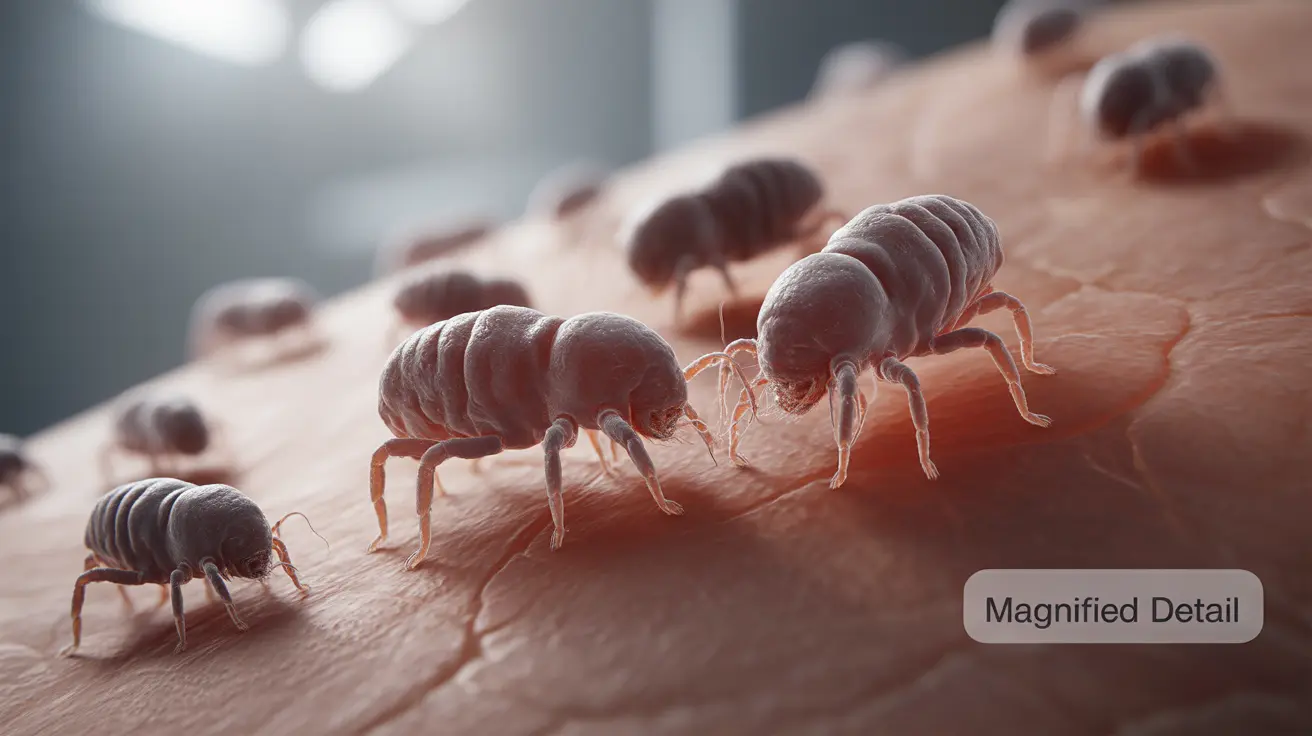Proper contact lens care is crucial for maintaining eye health and preventing infections. Whether you're a new wearer or have been using contacts for years, understanding how to clean, disinfect, and store your lenses correctly is essential. This guide will explore the various types of contact lens solutions available and provide step-by-step instructions for their safe and effective use.
From multipurpose solutions to hydrogen peroxide-based systems, we'll cover everything you need to know to keep your lenses clean and your eyes healthy. Let's dive into the world of contact lens care and discover the best practices for crystal-clear vision and optimal eye comfort.
Understanding Contact Lens Solutions
Contact lens solutions are specially formulated liquids designed to clean, disinfect, and store contact lenses. These solutions play a vital role in maintaining lens hygiene and preventing eye infections. Let's explore the different types of solutions available and their specific functions.
Multipurpose Solutions: The All-in-One Option
Multipurpose solutions are the most common and convenient option for soft contact lens wearers. As the name suggests, these solutions serve multiple purposes:
- Cleaning: Removes debris, protein deposits, and other contaminants from the lens surface
- Rinsing: Washes away loosened particles and cleaning solution residue
- Disinfecting: Kills harmful microorganisms that can cause eye infections
- Storing: Provides a safe, sterile environment for lenses when not in use
To use a multipurpose solution effectively, follow these steps:
- Wash your hands thoroughly with soap and water
- Place a few drops of solution in your palm
- Gently rub each side of the lens for 20 seconds
- Rinse the lens thoroughly with fresh solution
- Place the clean lens in a storage case filled with fresh solution
Remember, never "top off" old solution with new – always use fresh solution for each cleaning and storage cycle.
Daily Cleaners: Extra Cleaning Power
Daily cleaners are specialized solutions designed to provide a deeper clean for your contact lenses. While they excel at removing stubborn deposits and debris, they do not disinfect. Here's how to incorporate a daily cleaner into your routine:
- Apply a few drops of the cleaner to your palm
- Gently rub both sides of the lens as directed by the manufacturer
- Rinse thoroughly with multipurpose solution or saline
- Follow up with a disinfecting solution before storing or wearing the lenses
Saline Solution: For Rinsing Only
Saline solution is a simple salt and water mixture that closely mimics natural tears. It's important to note that saline solution is not a disinfectant and should only be used for rinsing lenses after they've been cleaned and disinfected. Never use saline solution for storing your lenses, as it doesn't kill germs or prevent bacterial growth.
Hydrogen Peroxide-Based Systems: A Gentle Alternative
For contact lens wearers with sensitive eyes or allergies to multipurpose solutions, hydrogen peroxide-based systems offer an effective and gentle alternative. These systems use a 3% hydrogen peroxide solution to clean and disinfect lenses.
Here's how hydrogen peroxide systems work:
- Place your lenses in the special case provided with the system
- Fill the case with the hydrogen peroxide solution
- A platinum disc in the case catalyzes a reaction that converts the hydrogen peroxide into harmless saline over 4-6 hours
- After the neutralization period, your lenses are ready to wear
It's crucial to use the special case provided and wait the full recommended time before wearing your lenses. Never rinse your lenses with hydrogen peroxide solution directly before inserting them into your eyes, as this can cause severe discomfort and injury.
Caring for Rigid Gas Permeable (RGP) Lenses
Rigid Gas Permeable (RGP) lenses, also known as hard lenses, require a different care routine than soft lenses. RGP lens care typically involves separate solutions for wetting, cleaning, and disinfecting. Always consult with your eye care provider for the correct products and procedures tailored to your specific RGP lenses.
Best Practices for Contact Lens Care
To ensure the best possible eye health and vision quality, follow these essential tips:
- Always wash your hands before handling your lenses
- Clean your lenses after each use, even if you plan to discard them soon
- Never use tap water on your lenses or to rinse your storage case
- Replace your lens storage case every three months
- Follow the replacement schedule for your lenses as prescribed by your eye care professional
- Attend regular check-ups with your eye doctor to monitor your eye health and lens fit
By adhering to these guidelines and using the appropriate contact lens solutions, you can enjoy clear vision and healthy eyes for years to come.
Frequently Asked Questions
- How do I properly clean and disinfect my contact lenses to prevent eye infections?
To properly clean and disinfect your contact lenses, start by washing your hands thoroughly. For multipurpose solutions, place a few drops in your palm, gently rub each side of the lens for 20 seconds, then rinse with fresh solution. Always use fresh solution to store your lenses, and never "top off" old solution. For hydrogen peroxide systems, follow the manufacturer's instructions carefully, using the special case provided and allowing the full neutralization time before wearing your lenses.
- What is the difference between multipurpose contact lens solutions and hydrogen peroxide systems?
Multipurpose solutions are all-in-one products that clean, rinse, disinfect, and store soft contact lenses. They're convenient and can be used directly on the eye. Hydrogen peroxide systems use a 3% hydrogen peroxide solution that must be neutralized in a special case before use. They're ideal for those with sensitivities to multipurpose solutions but require a longer disinfection process and careful handling to avoid eye irritation.
- Can I use saline solution alone to clean and store my contact lenses?
No, saline solution should not be used alone for cleaning or storing contact lenses. Saline is only for rinsing lenses after they've been cleaned and disinfected with an appropriate solution. It does not kill germs or prevent bacterial growth, making it unsuitable for storage or disinfection. Always use a proper cleaning and disinfecting solution as recommended by your eye care provider.
- How often should I replace my contact lens storage case to prevent bacterial growth?
You should replace your contact lens storage case every three months to prevent bacterial growth and reduce the risk of eye infections. In addition to regular replacement, clean your case daily by rinsing it with fresh contact lens solution (never water), and allow it to air dry upside down with the caps off on a clean tissue.
- Are hydrogen peroxide-based contact lens solutions suitable for sensitive eyes, and how do they work?
Yes, hydrogen peroxide-based solutions are often recommended for people with sensitive eyes or allergies to ingredients in multipurpose solutions. They work by using a 3% hydrogen peroxide solution to clean and disinfect lenses. The solution is then neutralized in a special case containing a platinum disc, which converts the hydrogen peroxide into harmless saline over 4-6 hours. This process results in a gentle, preservative-free solution that's less likely to cause irritation for sensitive eyes.




